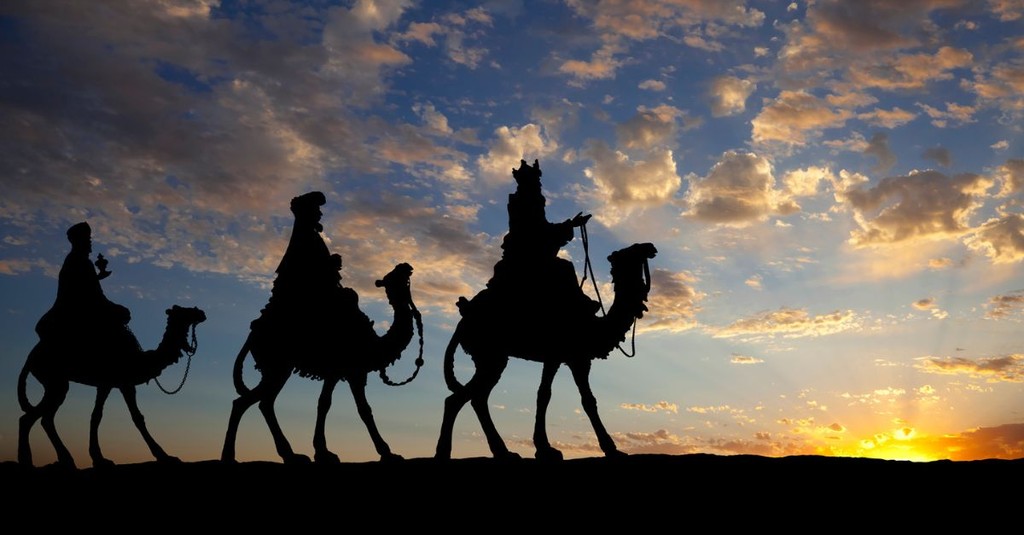
Soon after Thanksgiving, we see the Nativity scene appear in churches, homes, and businesses. It could be a small scene with figurines or even a live production for a special event. We all know the characters—baby Jesus, Mary, Joseph, the shepherds, an angel, some animals, and the Magi.
Songs and other traditions call them kings, but history knows the Magi as a priestly class from Persia, the East. Using a combination of mysticism and academia, they studied astrology, astronomy, and interpreting dreams. Persians considered them “wise men” or scholars, blending religion with science to gain spiritual insight. Often, they were advisors to kings and rulers.
These mysterious individuals show up to honor the new king of the Jews. The Bible doesn’t give much information, and we don’t know how many. People guess three wise men due to the three gifts of gold, frankincense, and myrrh. However strange their appearance may seem, God does everything with a purpose. And digging deeper, we see his hand in these Magi visiting the King of Kings.
Photo Credit: ©Getty Images/Liliboas

1. Why Is it Significant That the Magi Were Gentiles, Not Jews?
God sent Gentiles, non-Jews, to worship and recognize the Jewish king. Yet this was no ordinary Jewish king but the Messiah, a priest-king figure from prophecy. Along with messages about a coming eternal deliverance, the Old Testament foretold how all nations would one day come to worship the true God. Isaiah 60:3 says, “Nations will come to your light, and kings to the brightness of your dawn.” The Magi, coming from a distant land, symbolized the inclusion of God’s salvation plan. Their journey marked the beginning of God’s promise to bring all people, not just Israel, into his New Covenant.
The Magi came to point to this prophetic moment. They bowed before Jesus, worshipping him as King, even though they weren’t part of the Jewish faith (Matthew 2:11). Psalm 72:10 continues to reveal this theme. “May the kings of Tarshish and of distant shores bring tribute to him. May all kings bow down to him, and all nations serve him.”
The Magi worshipping Christ foreshadows the Gospel’s spread beyond the Jews to the entire world. This Scriptural moment reveals the fulfillment of Old Testament prophecy, including the Abrahamic promise to bless all nations through Israel and God’s Son. As we see through Acts and Paul’s ministry in the New Testament, the Gospel spread to all peoples. We continue this mission today.
Photo Credit: ©Getty Images/terrababy
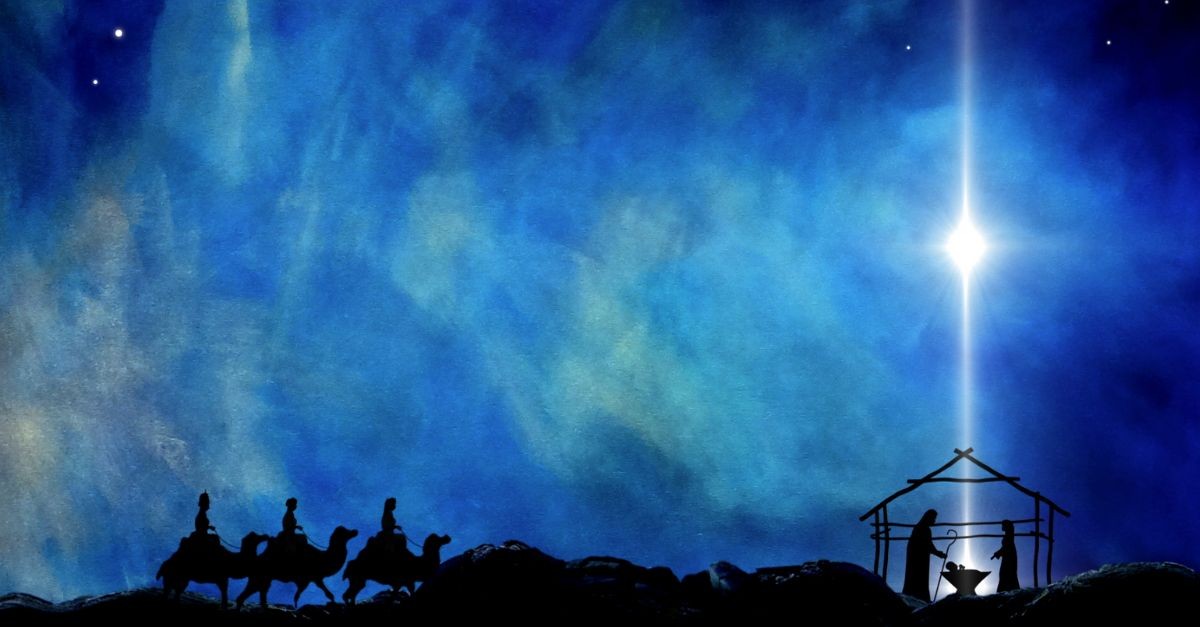
2. How Did God Use a Star to Guide the Magi to Jesus?
As scholars of astronomers from the East, the Magi used their knowledge of the skies to recognize a unique sign. Matthew 2:2 records them saying, “We saw his star when it rose and have come to worship him.” The star was no ordinary event. The position and movement appeared supernatural and specifically designed to lead them to the Messiah, Jesus.
In ancient times, people believed unusual occurrences in the sky pointed to the birth of important rulers. Even more strange and extraordinary, the star led them to a specific position. “The star they had seen when it rose went ahead of them until it stopped over the place where the child was,” God spoke to the Magi through their scholarly pursuits, likely answering seeking hearts.
God speaks through nature, and the Magi following this star connects with Paul’s teaching in Romans 1:20. In this passage, Paul says God reveals his invisible qualities through creation. The star was part of God’s creation, used to guide the Magi to the Messiah. The Magi recognized God’s hand in the cosmos. Their journey shows us how creation and nature can point people to the Father. Yet this doesn’t mean we worship creation. It’s but a tool. The journey properly ends at the creator, the Word of God, Jesus. The Magi teach us this.
Photo Credit: ©Getty Images/Nissim Farin
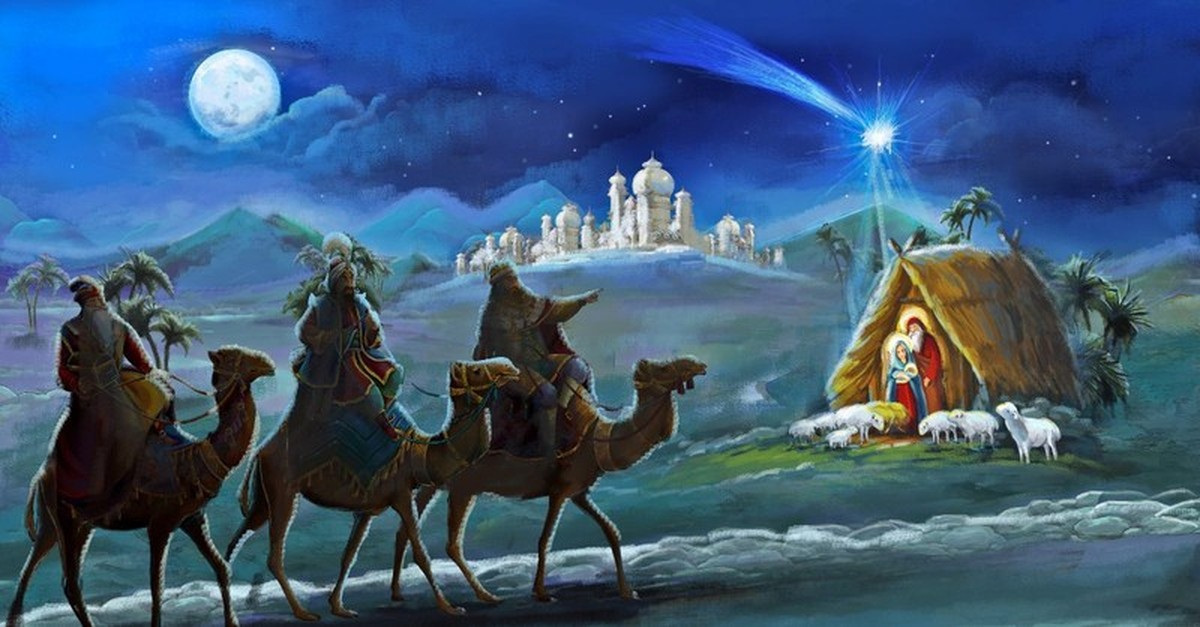
3. Why Did the Magi See the Messiah’s Sign When the Priests Missed It?
The Pharisees, the Jewish priests, or their scribes didn’t notice this celestial event. The Jewish people knew the coming Messiah and Kingdom was near through Daniel and Ezekiel, and yet they missed the signs. At the same time, God didn’t specifically reveal himself to them, either. He drew the poor and marginalized shepherds. And he drew the Gentile wise men.
These Eastern mystics, often associated with polytheism and astrology, understood the meaning of the prophecy and the star, which eluded the religious leaders in Jerusalem. The Magi logically approached King Herod first, thinking a new king would be born there. “Where is the one who has been born king of the Jews? We saw his star when it rose and have come to worship him.” (Matthew 2:2). This question confused and surprised the religious leaders, who had to search the Bible for answers.
The priests and scribes, despite their great education in the Scriptures, had failed to connect the prophecies with the star and the Christ. When Herod asked where the Messiah was to be born, the priests quoted Micah 5:2, which pointed to the Messiah’s birth in Bethlehem. However, they didn’t travel to worship him. Instead, they tried to kill every baby in the small town.
The Magi not only recognized the star but followed it to find the new king.
The Jewish blindness shows us how God reveals his plans as he wills, and when we become aware of the Messiah, we should do all we can to worship him, no matter our background.
Photo Credit: ©iStock/Getty Images Plus/Maciej Sojka

4. What Does the Magi’s Journey Teach Us about Seeking Jesus?
The Magi didn’t travel from a nearby town or even within Israel. They came from the East, possibly Persia, which would have required a long and difficult journey. Their travels demonstrated their curiosity, commitment, and belief. The Magi sincerely desired to learn the truth about the newborn king (Matthew 2:1).
Traveling across deserts and through foreign lands would have taken months, possibly more. The Magi believed this birth to be important. Unlike many Jews, ignorant or indifferent or even hateful concerning this birth, the Magi’s actions demonstrated they recognized something divine took place. As they had great wealth with them (gold, frankincense, myrrh), robbery and bandits would have been risks, as well. Facing this danger also reflects their willingness to seek Jesus at any cost. They weren’t satisfied with worshipping from afar or even just having academic knowledge. The Magi went personally.
Jesus was is and will always be worthy of every effort we make to seek and worship him. To follow Jesus takes laying down our whole life, dying to self. And yet, when we do, we find a gift of life greater than we could have ever imagined. “For whoever would save his life will lose it, but whoever loses his life for my sake will find it.” (Matthew 16:25)
Photo Credit: ©GettyImages/jchizhe
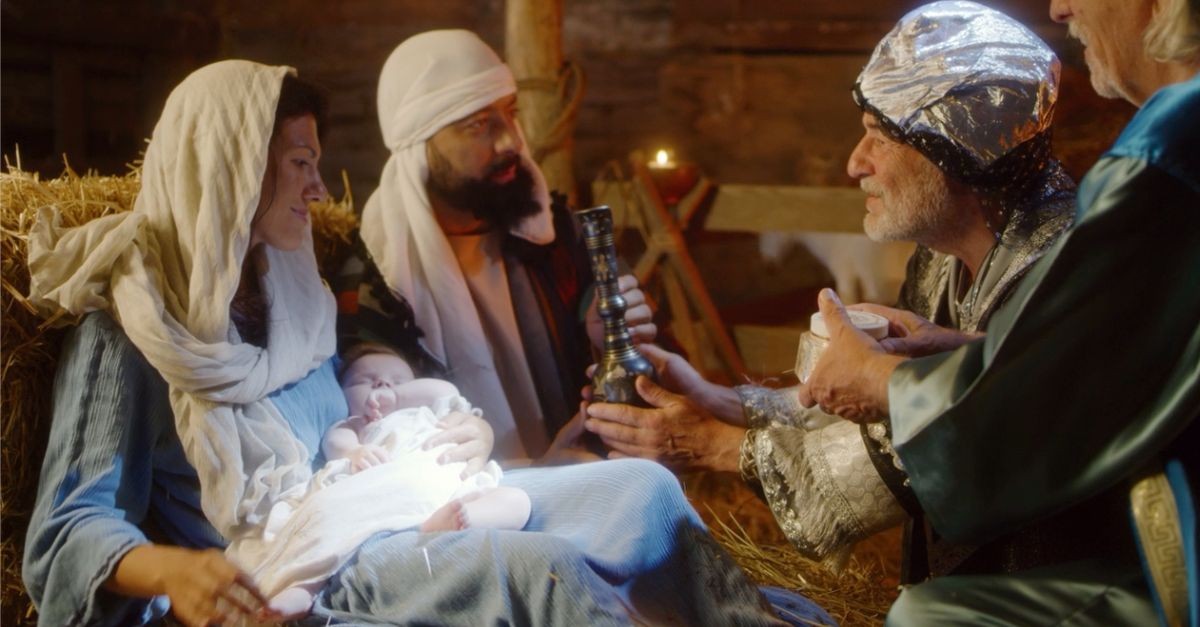
5. What Deeper Meaning Did the Magi’s Gifts Reveal about Jesus?
The Magi brought extravagant gifts with them when they visited Jesus. These gifts perfectly fit the dual roles of Jesus as King and High Priest. When they found the child, they presented him with gold, frankincense, and myrrh (Matthew 2:11). Gold, a gift for a king, represented the Messiah’s royal status and Davidic lineage. The Messiah fulfilled prophecies like Isaiah 9:6-7, which tell us he would reign on David’s throne forever.
Frankincense, a costly incense used in temple worship, symbolized Jesus’ role as a priest. Priests burned incense as an offering to God, and it represented the prayers of the people rising to God on his throne in heaven (Exodus 30:34-37). By bringing frankincense, the Magi acknowledged Jesus’ priestly role (perhaps unknowingly) as the one who would become the High Priest and mediator between God and humanity (Hebrews 4:14).
Myrrh was often used in anointing oils and for burial preparations. On the one hand, the Old Law anointing oil represented the Holy Spirit and favor for ministry, as on the Day of Pentecost. In addition, myrrh pointed to Jesus’ eventual death and his role as the Messiah who would die (John 19:39-40). Myrrh foreshadowed the Holy Spirit and Jesus’ sacrifice, further connecting him to his priestly act of offering himself the only true sacrifice for sin.
Photo Credit: ©Getty Images/ EvgeniyShkolenko
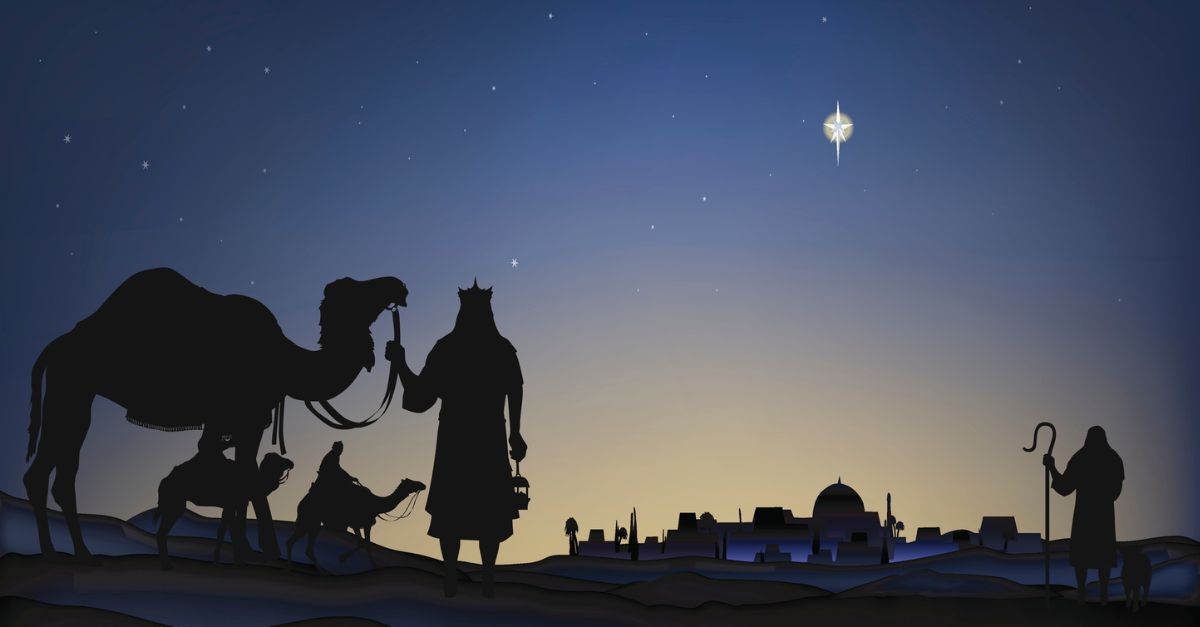
6. What Led Foreign Scholars to Search for a Jewish King?
These Magi from the East, likely from Persia, sought to worship a Jewish king. In context, the Jews were a conquered people, allowed to exist in their land by the Roman Empire. Herod was a Roman puppet ruler. On one level, the Magi coming to worship a Messiah and new king could have been seen as an act of rebellion and revolution against Rome. Herod certainly feared it as such, sending his soldiers to kill babies in Bethlehem to stop Jesus from growing up. Fortunately, God led Joseph and Mary to escape with Christ.
The Magi demonstrated remarkable faith in a future beyond the current political situation. The Magi weren’t Israelites and had no direct connection to the Jewish faith. They must have believed this king had cosmic or empire-shaking abilities. The Magi acted in the faith that this new king would bring about a different rule, possibly a future beyond Roman oppression. The Romans may have built roads and improved infrastructure, but their rule also proved unjust and oppressive to many, including those in the East.
The Magi likely knew the Old Testament messianic prophecies, a priest-king who would usher in a kingdom of peace and justice (Isaiah 9:6-7). Their journey symbolized a longing for a better, less oppressive government.
Many people today long for such a kingdom, a heavenly world where peace, love, and justice reign. Jesus came to establish that Kingdom and invite all people into it through his death and resurrection.
Photo Credit: ©Getty Images/ heathernemec

7. What Did the Timing of the Magi Visit Reveal?
The Magi probably arrived a couple of years after Jesus’ birth, when he was a young child. Contrary to the common nativity scenes depicting the shepherds and the Magi together at the manger, the Bible implies the wise men showed up much later. “On coming to the house, they saw the child with his mother, Mary, and they bowed down and worshipped him.” (Matthew 2:11). The fact they found Jesus in a house, not a stable, suggests some time had passed since his birth.
Scholars believe the Magi arrived up to two years after Jesus’ birth, especially when looking at King Herod’s actions. When the Magi informed Herod of the star, Herod soon ordered the killing of all male children two years old and under in Bethlehem “in accordance with the time he had learned from the Magi.” (Matthew 2:16) It depended upon exactly what information the Magi provided related to their journey and the star’s movement, but Herod estimated Jesus would have been under two years old.
The Magi remained committed over a long period of time, perhaps up to two years, to find this new king. How often did they want to quit? We aren’t told, but often, waiting on God and his promises tempts us to quit. Our faith is challenged. The Magi also didn’t give up when they didn’t find the child with Herod. They adjusted and continued forward. We must also have hope and patience when following God. He will lead us to good things, ultimately, the Kingdom of Heaven.
And, of course, the ultimate prize is Christ himself.
Photo Credit: ©iStock/Getty Images Plus/RomoloTavani

Originally published Wednesday, 30 October 2024.
